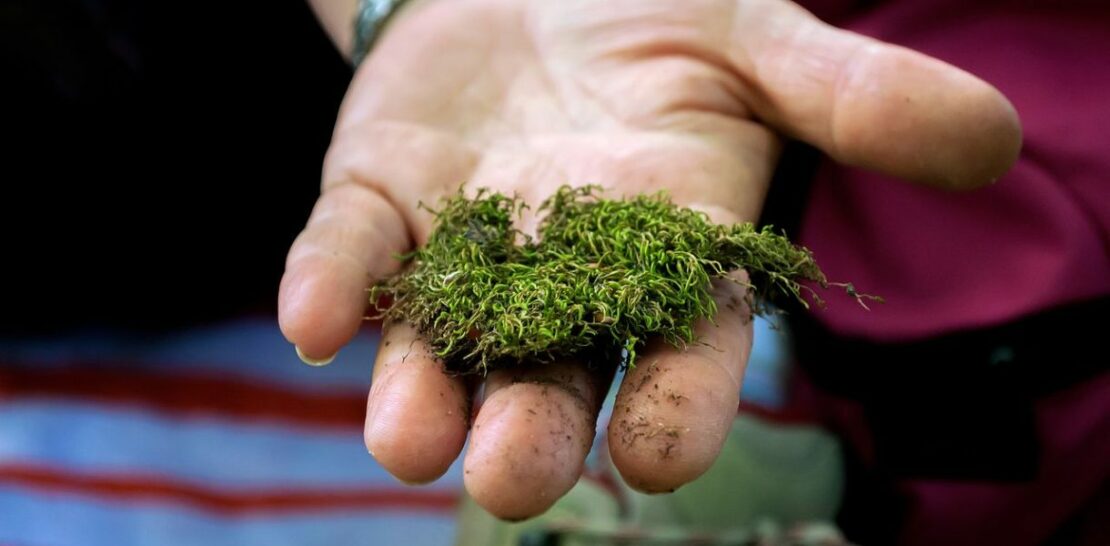As a homeowner, one of the most frustrating challenges you might face is the growth of moss on your beautiful lawn.
Moss is a non-vascular plant that thrives in damp, shady areas and can quickly take over your lawn if left unchecked.
Not only does it look unsightly, but it can also cause damage to your grass by competing for nutrients, sunlight, and water.
In this exhaustive guide, we will explore various methods and strategies to effectively remove moss from your lawn and restore its health and beauty.
We’ll delve into the causes of moss growth, preventive measures, and various removal techniques that will help you maintain a moss-free lawn.
Understanding the Causes of Moss Growth
Before discussing the methods to remove moss from your lawn, it is essential to understand the factors that contribute to its growth. By addressing these underlying issues, you can prevent future moss growth and maintain a healthy lawn.
Some key factors that contribute to moss growth include:
- Excess shade: Lawns that receive limited sunlight tend to be more prone to moss growth, as moss thrives in damp and shady conditions. Trees, shrubs, and buildings can all cast shade on your lawn, creating an ideal environment for moss.
- Poor drainage: When water is unable to drain properly from your lawn, it creates a damp environment that encourages moss growth. Compacted soil and poorly graded landscapes can lead to poor drainage.
- Low soil fertility: Moss can outcompete grass for nutrients when the soil is lacking in essential nutrients, such as nitrogen, phosphorus, and potassium. Soil with a low pH (acidic soil) can also contribute to moss growth.
- Incorrect mowing practices: Scalping your lawn by mowing it too short weakens the grass and provides an opportunity for moss to move in. Additionally, dull mower blades can tear the grass, creating openings for moss to take root.
Preventive Measures to Keep Moss at Bay
By addressing the causes of moss growth, you can take preventive measures to ensure your lawn remains healthy and moss-free. Implementing these strategies can save you time and effort in the long run.
- Improve sunlight exposure: Prune overhanging branches and thin out dense shrubbery to allow more sunlight to reach your lawn. This will help create a less favorable environment for moss growth.
- Address drainage issues: Aerate your lawn regularly, especially in high-traffic areas where the soil may become compacted. This will help improve water penetration and drainage. Additionally, consider installing a French drain or regrading your landscape to address severe drainage problems.
- Optimize soil fertility and pH: Conduct a soil test to determine if your lawn requires additional nutrients or pH adjustments. Apply appropriate fertilizers and soil amendments based on the results of your soil test.
- Follow proper mowing practices: Maintain your lawn at the recommended height for your specific grass type, generally between 2.5 and 3.5 inches. Keep your mower blades sharp to avoid tearing the grass and creating openings for moss to take root.
Methods for Removing Moss from Your Lawn
Despite your best efforts to prevent moss growth, you may still find yourself dealing with this stubborn invader. Fortunately, there are several effective methods for removing moss from your lawn.
Mechanical Removal: For smaller areas of moss growth, you can use a rake or specialized moss removal tool to manually remove the moss from your lawn. This is best done when the moss is dry, as it will be easier to remove. Be sure to rake gently to avoid damaging the underlying grass.
Chemical Treatment: Several commercially available moss control products can be used to remove moss from your lawn. These products typically contain active ingredients, such as iron sulfate, that are effective in killing moss. Follow the manufacturer’s instructions for application rates and timing. It is important to note that some of these products may have adverse effects on certain grass types, so be sure to choose a product that is compatible with your lawn.
Restoring Your Lawn After Moss Removal
Once you have successfully removed the moss from your lawn, it is essential to focus on restoring your lawn’s health and vigor. This will help prevent the return of moss andmaintain a beautiful, lush lawn. The following steps will guide you through the restoration process:
1. Repair damaged areas: After removing the moss, you may be left with bare or damaged patches in your lawn. Rake these areas to remove any remaining moss or debris and prepare the soil for seeding or sodding. Apply a layer of topsoil, if necessary, to create a smooth and even surface.
2. Seed or sod: Depending on the size of the affected area, you can either seed or sod your lawn to fill in the gaps where moss once grew. Choose a grass type that is well-suited to your climate and specific lawn conditions. This will ensure the best chance of success in establishing a healthy, moss-resistant lawn.
3. Water and fertilize: Newly seeded or sodded areas will require consistent watering to ensure proper establishment. Follow the recommended watering schedule for your specific grass type and adjust as necessary based on weather conditions. Fertilize your lawn according to the results of your soil test to provide the necessary nutrients for optimal growth.
4. Monitor and maintain: Keep an eye on your lawn for any signs of moss re-growth. Address any underlying issues as they arise and continue to follow proper lawn care practices, such as mowing, watering, and fertilizing. This will help maintain a healthy lawn that is less susceptible to moss invasion.
In conclusion, removing moss from your lawn is a multi-step process that involves understanding the causes of moss growth, implementing preventive measures, and using effective removal techniques. By following this comprehensive guide, you can successfully eliminate moss from your lawn and restore its health and beauty. Remember to remain diligent in your lawn care practices to prevent future moss growth and maintain a lush, green lawn that you can be proud of.




